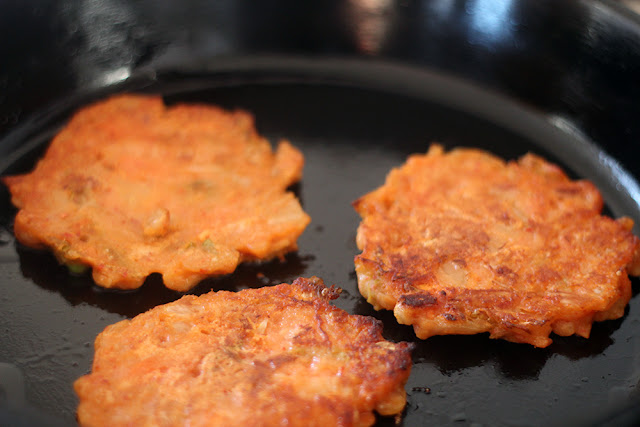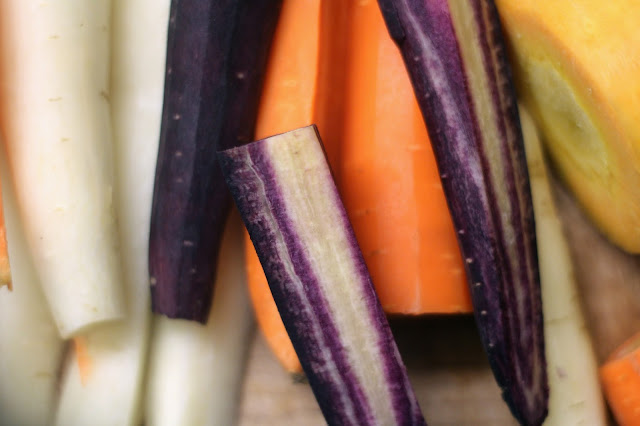
This is just the best time of year, isn’t it? The days are hot, the nights are cool, the sky is clear, and the light is sharp. But that’s not all! The peaches are juicy, the apples are crisp, the tomatoes are bursting, the corn is mouthwatering, and the winter squashes are starting to roll in. The Berkshires are at their most beautiful and bountiful. It’s overwhelming really — what does one do with this incredible cornucopia?
Matters are further complicated by the transition in the weather. The days are still too hot to be cooking over the stove, but the evenings are starting to be cool enough that you crave those slow roasted treats absent from plates since March. Not to mention, by this time of the year, you’re a little sick of that char-grilled flavor and you’ve consumed more sliced tomatoes then you thought was humanly possible.

We say, embrace the transition, the back and forth, the thin-line walking. Here’s how to do it: Rustic Eggplant Parmesan. This particular take on the classic Italian-American dish involves almost no prep and maybe even less time in the kitchen, but it still manages to shine with layered flavors of slow roasted tomatoes, earthy eggplant, and creamy melted cheese!
It is the best of both our worlds — hot sticky summer, and cool crisp autumn.
Rustic Eggplant Parmesan
+ 2 medium eggplant (about 2 lbs.) sliced into 1/4-inch-thick rounds
+ ¾ teaspoon kosher salt, more to taste
+ Freshly ground black pepper to taste
+ About ¾ cup extra virgin olive oil
+ 1 head of garlic (6 large cloves) minced or pressed
+ 6 medium tomatoes sliced into 1/4-inch-thick rounds
+ ½ cup finely grated Parmesan
+ 1 lb. fresh mozzarella, sliced into 1/4-inch-thick rounds
+ Handful of basil, chopped if you prefer
1. Place the eggplant slices in a colander over a bowl. Season with 1/2 teaspoon salt and let stand for 20 minutes. Drain and pat slices dry with a paper towel. Season with pepper.
2. Preheat oven to 375 degrees. In a large (9” x 13” works) baking pan, place a single layer of sliced tomatoes, then a single layer of eggplant. Sprinkle with a light coating of olive oil, garlic, and Parmesan cheese.
3. Repeat layering one more time and top with an additional single layer of tomato. Dust with salt and Parmesan.
4. Place in oven. After a half hour, remove pan from oven and cover the dish with the mozzarella, remaining Parmesan cheese, olive oil and salt.
5. Return to oven and cook for another half hour. Serve hot with basil and black pepper sprinkled on top.
Note: This recipe originally appeared on RuralIntelligence.com on September 7, 2015.


































